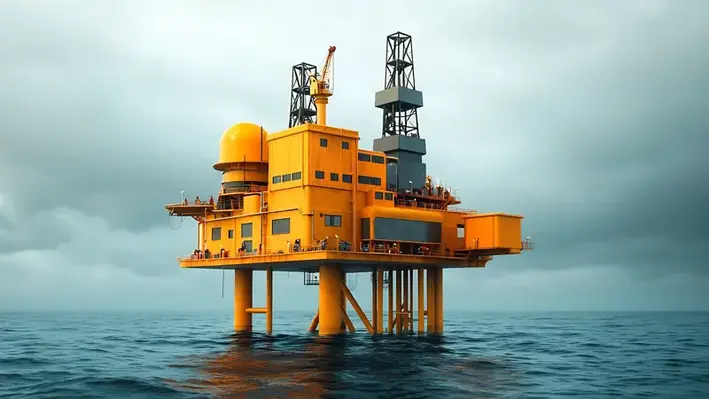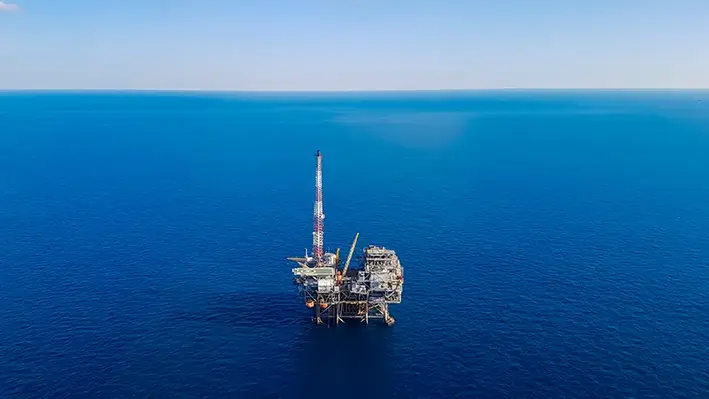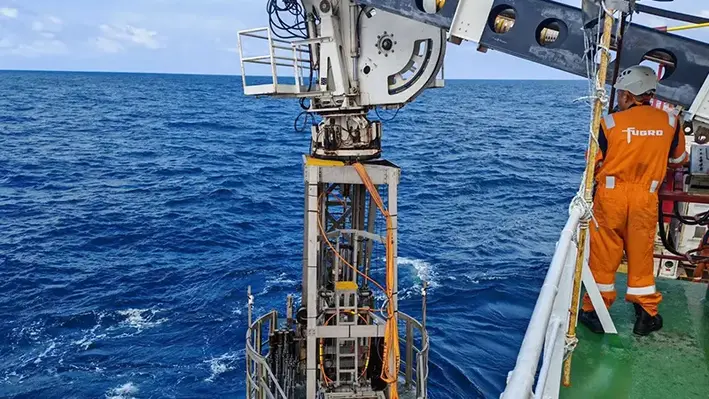
The Asia Pacific Offshore Decommissioning Services Market shows significant growth potential, driven by technological advancements, increased consumer demand, and evolving regulatory frameworks.
The APAC market is projected to reach US$3bn by 2030, growing at a CAGR of 9.5% from 2024 to 2030. As the market matures, innovation in product offerings and digital transformation is expected to shape its expansion. Rising interest in sustainable and eco-friendly solutions, especially in sectors like manufacturing and healthcare, is likely to drive demand. Additionally, France’s aging population and shrinking workforce may push for automation and AI-driven technologies across industries.
Sales ratios are projected to shift toward higher-value, premium products, fueled by increasing disposable incomes and consumer preferences for quality over quantity. Government initiatives promoting industry modernisation and international trade partnerships will further enhance growth opportunities. However, competitive pressures and stringent regulations may influence market dynamics.
The Offshore Decommissioning Services Market in North America showcases significant regional diversity, driven by varying consumer preferences, technological advancements, and regulatory landscapes across the US, Canada, and Mexico. The US remains the dominant player, offering a robust infrastructure and high demand across sectors such as healthcare, technology, and consumer goods. Canada complements with a focus on innovation and sustainability, while Mexico's manufacturing base plays a crucial role in cost-efficient production.
This market's economic significance lies in its contribution to GDP growth, job creation, and international trade, making it a key driver in both domestic and global economies. Regional strengths combined with market size position North America as a critical hub for the expansion and investment opportunities in the Offshore Decommissioning Services industry.
Factors driving growth
The key factors driving the growth of the offshore decommissioning services market include an increasing number of aging offshore oil and gas platforms, stringent regulations regarding decommissioning activities, and advancements in decommissioning technologies. The key players in the offshore decommissioning services market include Schlumberger, Baker Hughes, Halliburton, Weatherford International, and Tetra Technologies.
Technological advancements such as robotics, drones, and advanced sensing technologies are enabling more efficient and cost-effective decommissioning activities in the offshore sector. Market trends in the offshore decommissioning services industry, such as regulatory changes, technological advancements, and industry consolidation, can impact business investment decisions by influencing the demand for decommissioning services, the competitive landscape, and the potential for growth and profitability.
The offshore decommissioning services market aligns with environmental and sustainability goals by addressing the safe and efficient retirement of offshore infrastructure, minimising environmental impacts, and promoting the responsible management of decommissioning waste and materials.
Moreover, stakeholders' engagement plays a major role in the offshore decommissioning services market. Stakeholder engagement is essential in the offshore decommissioning services market to address the concerns and interests of various stakeholders, including regulatory bodies, industry players, environmental groups, local communities, and investors, throughout the decommissioning process.




